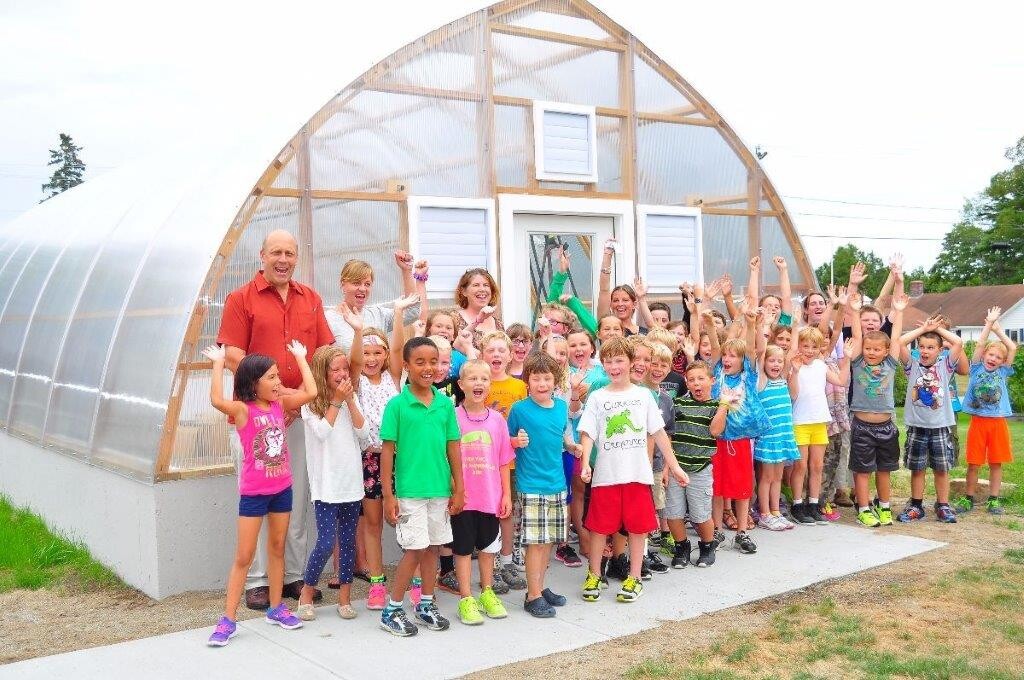
Written by H & B . Sierke (Gothic Arch Greenhouses INC.)
When it comes to building a greenhouse, choosing the right materials is crucial for ensuring its longevity, stability, and eco-friendliness. Natural wood stands out as an excellent option for greenhouse frames, offering a combination of strength, aesthetics, and sustainability. In this blog post, we will delve into the world of natural woods and explore the best choices for constructing a greenhouse frame. From the durability of cedar and redwood to the affordability of pine and fir, let's discover the top natural woods and their unique qualities to guide you in making an informed decision for your greenhouse project.
Cedar: Cedar wood is widely regarded as one of the best choices for greenhouse frames. It possesses natural oils and resins that make it resistant to rot, decay, and insect infestation. Cedar's exceptional durability ensures that your greenhouse frame will withstand the test of time. Additionally, cedar has excellent thermal insulation properties, helping to maintain a stable and optimal temperature inside the greenhouse. Its attractive reddish-brown color and pleasant aroma add a touch of elegance to any garden.
Redwood: Redwood is another popular natural wood option known for its durability and resistance to decay. Similar to cedar, redwood contains natural oils that act as a barrier against moisture and insects. Its inherent stability and dimensional strength make it a reliable choice for greenhouse construction. Redwood's distinctive color variations, ranging from light pink to deep red, lend a unique and visually appealing charm to your greenhouse.
Cypress: Cypress wood is renowned for its exceptional rot resistance and natural resistance to pests. It possesses a high oil content that contributes to its durability and longevity. Cypress is also known for its stability, making it suitable for constructing greenhouse frames. With its light brown to reddish-brown color and fine grain, cypress adds a touch of natural beauty to your greenhouse design.
Pine: Pine is a versatile and cost-effective natural wood widely available for greenhouse frames. While it may not have the same level of natural durability as cedar or redwood, it can still be a suitable choice for a greenhouse with proper treatment and maintenance. Pressure-treated pine, specifically, offers improved resistance to decay and insects. Pine's light color and prominent grain provide a classic and timeless look to your greenhouse.
Fir: Fir wood is known for its strength and affordability, making it a popular option for greenhouse frames. While not as naturally resistant to decay as cedar or redwood, fir can be treated to enhance its durability. With its light color and straight grain, fir provides a clean and uniform appearance to your greenhouse structure.
